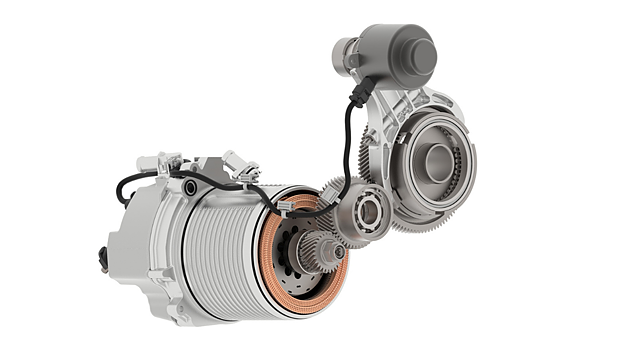
Leading provider of innovative and sustainable mobility solutions, BorgWarner has announced on Friday that its fully integrated P3 hybrid drive module will soon be powering a variety of front-wheel and AWD SUVs for a major European performance-based OEM.
According to the company, the power-packed P3 solution enables significant fuel economy gains, CO2 reduction. It was custom-designed in-house, featuring a motor, power electronics, gears, and water cooling integrated within one unit.
The key features a permanent magnet motor and a complementary inverter built from the ground up for this application. The electric motor features a patented and proven S-wind wire forming process for electric motors and alternators, and the system is capable of peak power up to 25 kW and enables a substantial reduction in CO2 emissions. The P3 module also encompasses disconnect and energy regeneration capabilities. The company also developed the hybrid drive module’s complex and advanced software controls in-house to meet complex system integration requirements and standards. Additionally, the company fully optimised the unit with enhanced thermal characteristics and packaging, reducing noise, vibration and harshness.
In addition to P3 drive modules, BorgWarner offers an expansive product lineup to meet the needs of all potential hybrid and electric drive architectures, supporting its leading position in delivering innovative and sustainable mobility solutions for the vehicle market.
Dr Stefan Demmerle, President and General Manager, BorgWarner PowerDrive Systems, said ensuring integrated electrification systems like the P3 module seamlessly and efficiently control everything from the incoming power of the battery to output torque that’s driving the car forward is no easy feat.
“We needed to reach very high performance levels within very limited space to meet customer requirements, and the final result is a highly power-dense, fully integrated system solution,” said Demmerle. “The advancements we made throughout the process will truly lay the groundwork for future integrated system solutions,” he added.